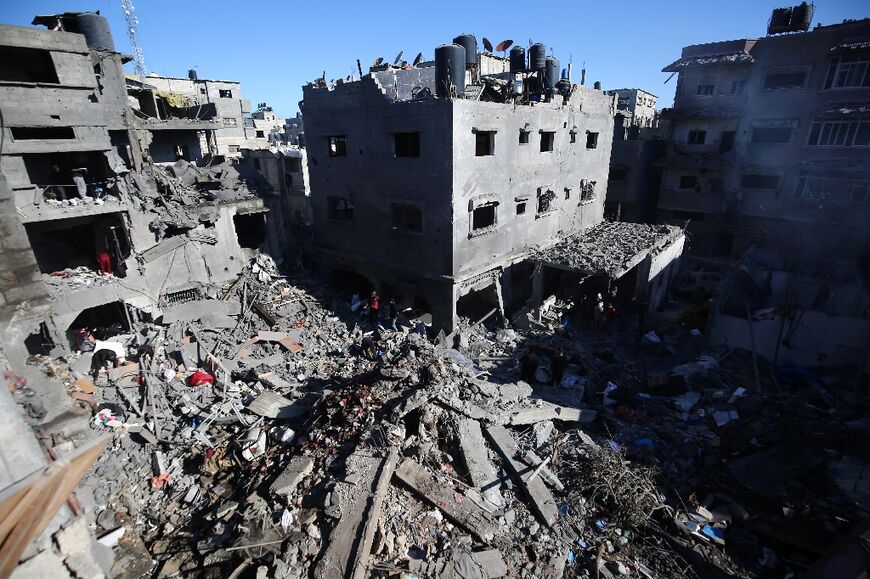News Flash

PARIS, July 30, 2025 (BSS/AFP) - The Gaza Strip, largely deprived of electricity by Israel since the start of the war, appears seven times less bright at night than before October 7, 2023, according to AFP analysis of NASA satellite data.
Compared to the five months preceding the conflict, satellite images between January and May this year show a territory plunged into darkness.
From above, the nighttime brightness of Gaza City has reduced by a factor of 16 in the intervening period.
- One power plant -
In 2022, the Palestinian territory was supplied with electricity for an average of 12 hours per day, according to statistics from the United Nations Office for the Coordination of Humanitarian Affairs (OCHA).
This figure drops to zero for 2024.
The war in Gaza was sparked by Hamas's October 7, 2023 attack on Israel, which resulted in the deaths of 1,219 people, mostly civilians, according to an AFP tally based on official figures.
Israel's retaliatory campaign has killed at least 60,034 people, also mostly civilians, according to the health ministry in the Hamas-run territory.
Israel imposed tight restrictions on the Gaza Strip from the very first days of the war, including on fuel.
Due to lack of fuel, Gaza's sole power plant stopped functioning early in the conflict, and power lines coming from Israel have been cut.
These two sources combined accounted for 43 percent of Gaza's electricity demand in 2022, with the rest left unmet.
- As dark as a desert -
AFP analysed NASA's Black Marble project, which measures ground radiance -- the power of the luminous radiation emitted for a given surface area -- almost daily.
It allows measurements of this radiance at 2,100 different points within the Palestinian territory, spaced 500 metres apart.
This data shows a sharp drop in radiance between October 10 and October 11, 2023, the shutdown date of Gaza's sole power plant.
Some parts of the territory that were populated areas before the war are now as dimly lit as neighbouring desert regions like the Sinai Peninsula.
Only certain locations, such as hospitals equipped with generators, are identifiable at night in Black Marble's data.
For example the European Hospital is 70 percent more visible between January and May 2025 than the rest of Khan Yunis in the southern Gaza.
One area where nighttime lighting in Gaza has remained consistent is the Philadelphi Corridor, a strip of land along the border between Gaza and Egypt, controlled by the Israeli military.
And at its southeast end, the Kerem Shalom crossing, used by humanitarian aid trucks, is the only area brighter today than it was before the start of the war.